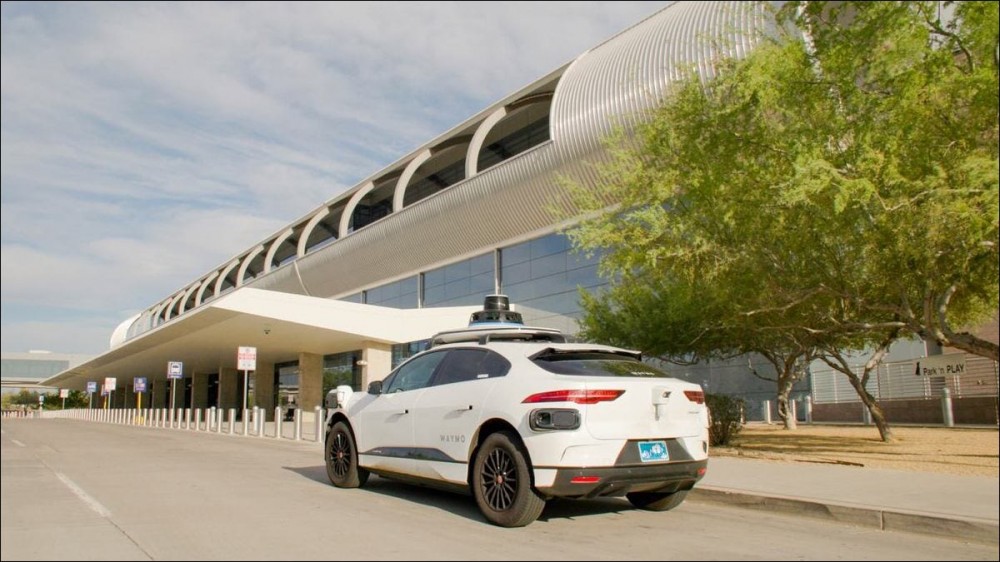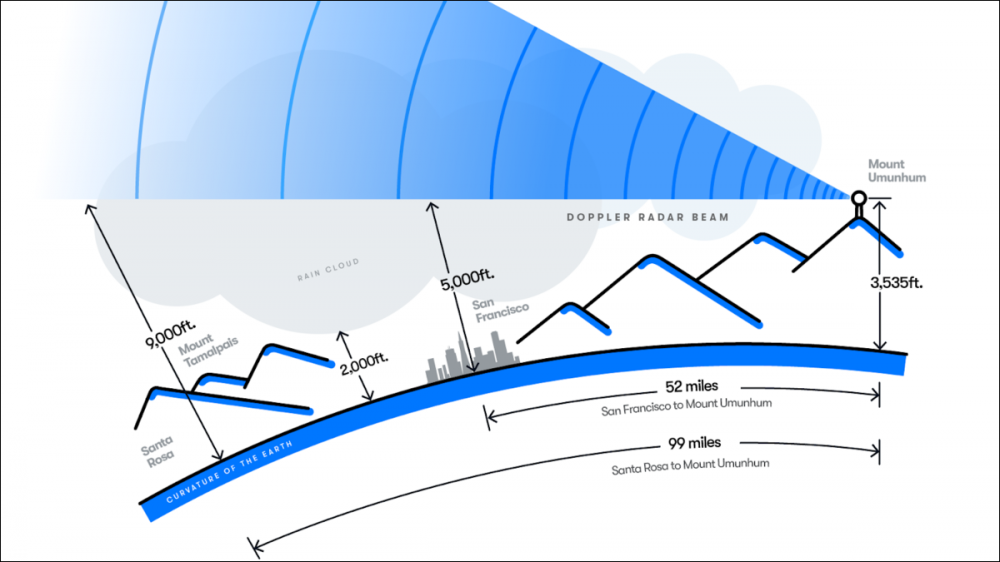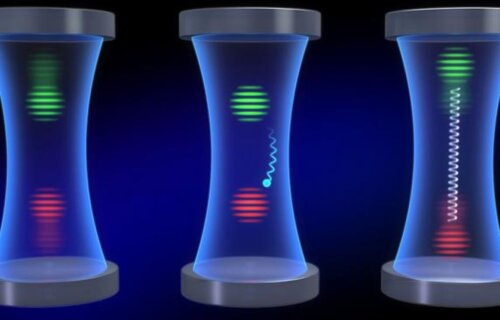

Among the cavalcade of issues self-driving cars are running into, chief among them is bad weather, not that human drivers are good at dealing with that either. To mitigate this, Waymo is hoping to turn their autonomous robotaxis into mobile weather gauges.
The Alphabet company announced that the latest version of the sensor array on its autonomous vehicles — using a combination of cameras, radar, and lidar — is able to measure weather conditions the car may face, specifically the intensity of rain drops (or lack thereof), as well as fog. It would turn the vehicles into, as the company puts it, “mobile weather stations.”
This doesn’t mean you’ll be seeing a Waymo car giving out the weather on your local TV station anytime soon, but it will help the robotaxis make real-time decisions in adapting to the weather conditions on the ground. It’s being tested to begin with in Phoenix and San Francisco, two very different climates.
Taking this approach would potentially offset the limitations in solely relying on weather data from airport weather stations, satellite, and radar sources, and provide more local, pragmatic data, in this case what’s happening directly in front of the car. That could be useful if a black cloud is following one of them around like a cartoon.

But since the sensors ostensibly turn the vehicles into amateur meteorologists, Waymo is also able to use the data to create real-time weather maps on conditions like the progression of coastal fogs, as well as light drizzles that a radar might miss.
The technology itself is clearly as much in its infancy as self-driving cars are, and we’re nowhere near the kind of uninhibited autonomous technology that movies like Minority Report and i, Robot led us to believe were right around the corner.
Still, when one gazes at the amount of traffic accidents that occur with human drivers who mistakenly think they know how drive in rain or snow, it seems like any additional help in this area couldn’t hurt.
Source: Waymo










